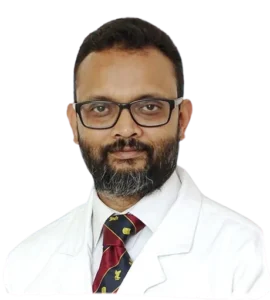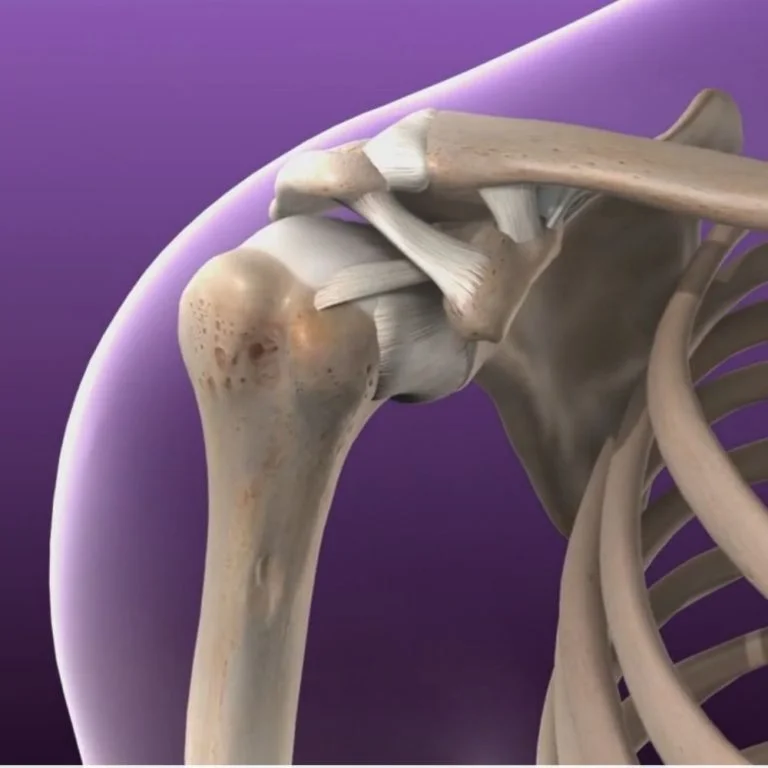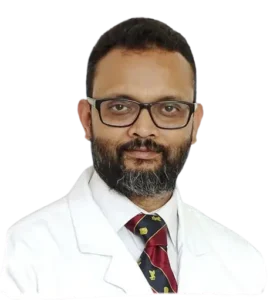- +91-9199908 88328
- HA103 Ground Floor, Hazipur, Sector 104, Noida, Uttar Pradesh 201304
Archives
Categories
- No categories
Recurrent Shoulder Dislocation and Instability Treatment & Surgery in Noida (Delhi NCR), India
Let’s Consult India’s Best Orthopaedic surgeon for Recurrent Shoulder Dislocation and Instability Treatment in Noida & Delhi NCR

Overview :Recurrent Shoulder dislocation and Instability Treatment in Noida
Shoulder is one of the commonest joints to dislocate owing to its wide range of movement and anatomy. It is one of the commonest sports injury of the shoulder that we encounter in our practice. The shoulder is a ball and socket joint with the socket being quite shallow to allow for a wide range of movement. This makes the shoulder inherently more unstable as compared to other joints.
Why does recurrent shoulder dislocation or instability happen?
The stability of the shoulder is increased by various structures around the joint – muscles, ligaments and labrum (which is a cartilaginous rim around the socket (glenoid). In shoulder dislocation, one or more of these structures are damaged which allows the ball (humeral head) to escape the confines of the socket (Glenoid). The damaged structures may often not heal or partially heal which makes the shoulder more susceptible to dislocating again and again. This is called recurrent shoulder dislocation or shoulder instability. Shoulder instability is commoner in younger patients, and in older patients we encounter other type of injuries more commonly. Certain individuals can be more prone to dislocation owing to the elasticity of the strictures (ligamental laxity). This injury is most common in younger athletic population and more in males as compared to females.

The common injuries which are found in recurrent shoulder dislocation and instability are
Bankart Lesion ( Labral tear )
Bankart Lesion (Labral tear):- The cartilaginous rim of the shoulder socket (glenoid) is sheared off by the dislocating head. The labrum (and attached ligaments) is the main restraint which holds the ball of the shoulder in place and presence of Bankart lesion signifies instability.
Hill Sachs lesion
The ball part of the shoulder (humeral head can impact and rub against the rim of the socket (glenoid) and this can lead to flattening or in severe cases a depression in head of the hummers. This lesion can lead contribute to recurrent dislocation and occasionally leads to locked dislocation.
Presentation : Shoulder instability can start after a single episode of dislocation of the shoulder. However in some patients there may not be an episode of dislocation but an injury to the shoulder where the arm may have been put into an extreme movement like throwing or bowling. It can also result as an accumulated damage following repetitive overarching of the shoulder as in certain sportspersons. The commonest symptom of this condition is pain which is usually felt more in certain positions and activity. Some patients also describe an unpleasant sensation as if the shoulder may dislocate or a sense of impending dislocation which is also positional. Due to decreased activity and protective reflex stiffness of the shoulder and wasting of muscles around the shoulder blade is also seen.
Book An Appointment
Work Up
The diagnosis of shoulder instability is mainly by examination where the clinician does certain tests by putting the arm in some positions. The diagnosis is corroborated by doing an X-ray and MRI scan.
Recurrent Shoulder Dislocation and Instability Treatment
In milder cases a course of physiotherapy, refraining from overhead sporting activity and occasionally joint injections may be tried. However a large proportion of patients will require surgery for this condition which is usually done by a minimally invasive technique called shoulder arthroscopy where a small keyhole would allow insertion of camera and instruments in the shoulder and repair of the damaged structures (Bankart repair, or and a remplissage procedure for the Hill Sachs lesion).
Some patients with long standing instability may have erosion of the rim of the glenoid. And sometimes patient present to us with failed surgeries performed elsewhere where we do a different procedure of putting a small piece of bone at the rim called a Latarjet-Bristow operation.
Rehabilitation and results : The surgery usually involves a small period of immobilisation in a sling followed by physiotherapy. Most patients are able to go back to previous levels of sporting activity. My results with this surgery have been excellent with over 98% success and high satisfaction. We have not had a single failed surgery in our practice in the last 6 years.


About Dr Gaurav Rathore
Dr Gaurav Rathore is a senior orthopaedic surgeon and additional director for Orthopaedics and joint replacement at the Magenta Clinic and Jaypee Hospital, Noida. He has nearly 25+ years experience in Orthopaedics with 11 years in some of the best centres in the UK, including Wrightington hospital, England, the pioneering hospital for joint replacements in the world.
He also has experience of practising in few of the Premier Hospitals in UK including University Hospitals of Morecambe Bay NHS Trust, John Radcliffe Hospital, Oxford, Chesterfield Hospital, SWELOC, London etc.
In 2013, he moved to India bringing world class Orthopaedic care to Delhi NCR. He has worked at a senior level at Sant Parmanand Hospital, Civil Lines; Fortis Escorts, Okhla and Fortis Hospital, Noida. He has been heading an orthopaedic unit at Jaypee Hospital, Noida since 2015.
Dr. Gaurav Rathore Featured In





Patient's Feedback
Address
HA103 Ground Floor, Hazipur, Sector 104, Noida, Uttar Pradesh 201304
phone number
Mobile: +91-99908 88358
Contact Us
Meet us for best Orthopaedic surgery in Noida
